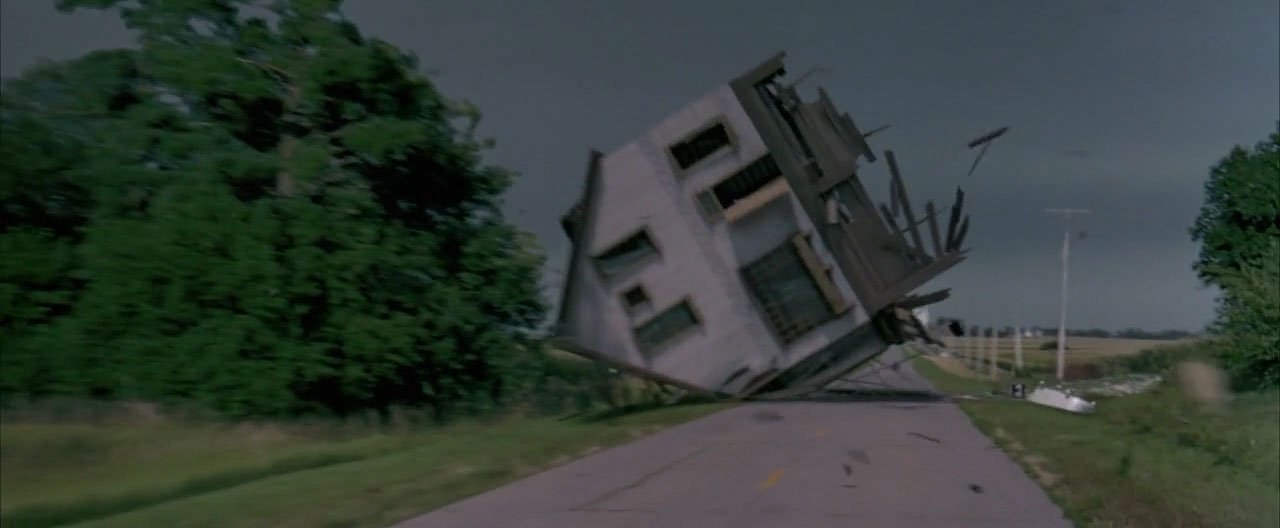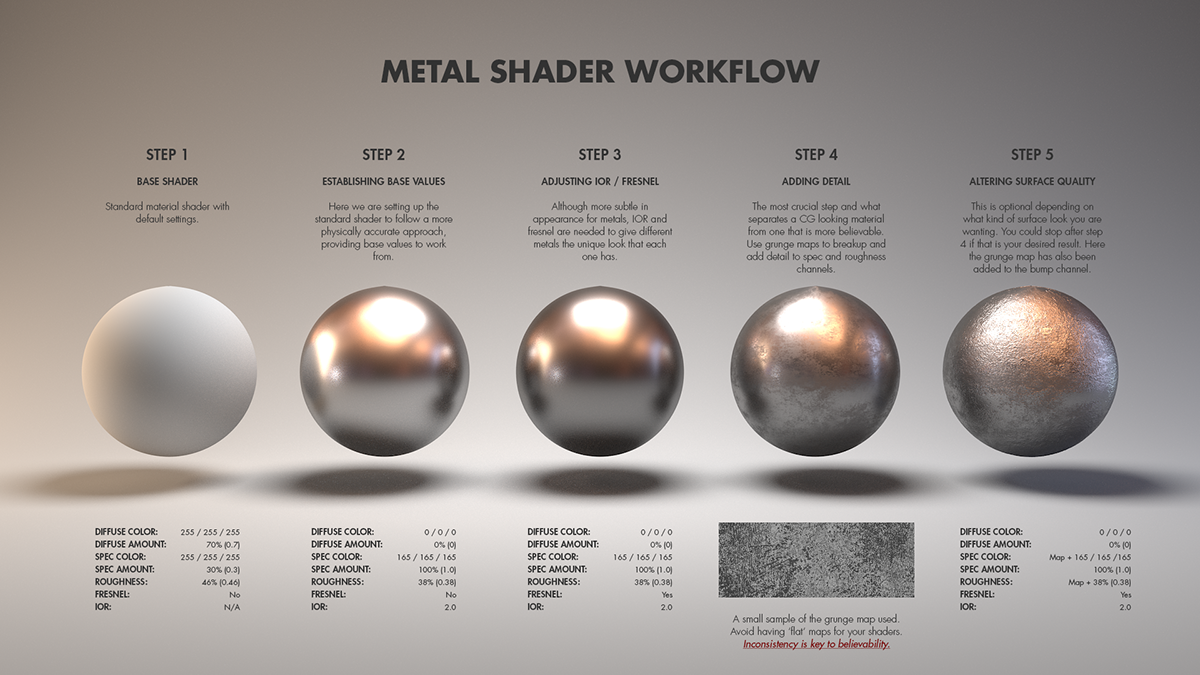Following yesterday’s post about a music video featuring modern dance and computer visual effects, here is a video featuring classical dance and a robot controlled camera.
Francesca Da Rimini was a historical figure portrayed in the Divine Comedy and numerous works of art, including a symphonic poem by Tchaikovsky. In 2014 the director Tarik Abdel-Gawad and his team recorded a performance by two dancers of the San Francisco Ballet, Maria Kochetkova and Joan Boada, using a robot controlled camera. Tarik was also the technical and creative director of the demonstration video featuring the same Bot&Dolly robots (a company acquired by Google in 2013) and which turned viral, “Box”.
In the accompanying back stage video, he explains how seeing dancers rehearse over and over gave him the idea of experimenting with a pre-programmed robot, in order to make the camera part of the choregraphy, and allow the viewer to have a closer, more intimate, view of the performance.



